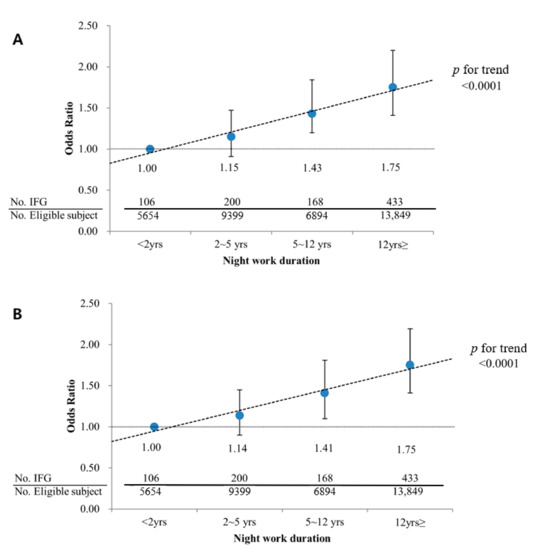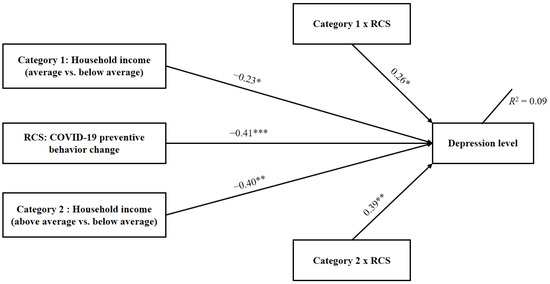Int. J. Environ. Res. Public Health 2021, 18(4), 1859; https://doi.org/10.3390/ijerph18041859 - 14 Feb 2021
Cited by 96 | Viewed by 13953
Abstract
The aim of this paper is to study the effects of the spread of the COVID-19 virus in different regions and its impact on the economy and regional tourist flows. To this end, the researchers have been guided by a set of propositions
[...] Read more.
The aim of this paper is to study the effects of the spread of the COVID-19 virus in different regions and its impact on the economy and regional tourist flows. To this end, the researchers have been guided by a set of propositions which they have tried to demonstrate with the results obtained. This research shows that the impact of the pandemic is still being evaluated. The analysis of the relationship between the tourism sector and the pandemic outbreak in Spain provides an instructive case study to assist tourism in its recovery process. The paper delves into the impacts on the main Spanish touristic regions during the pandemic and providing implications for tourism recovery. In Spain, the tourism sector is of major economic importance, becoming one of the most vulnerable countries when crisis affects this industry. The negative image of the country due to the high infection rates has had a negative impact on travel and tourism. The Balearic Islands have been the most affected region with an 87% decrease in tourist visitors. The trips made by Spanish residents inside the Spanish territory shows the first increase found in the series analyzed. Domestic tourism not only represents an opportunity for all regions in this critical situation, but the types of accommodation also play a key role.
Full article
(This article belongs to the Section Public Health Statistics and Risk Assessment)
►
Show Figures










